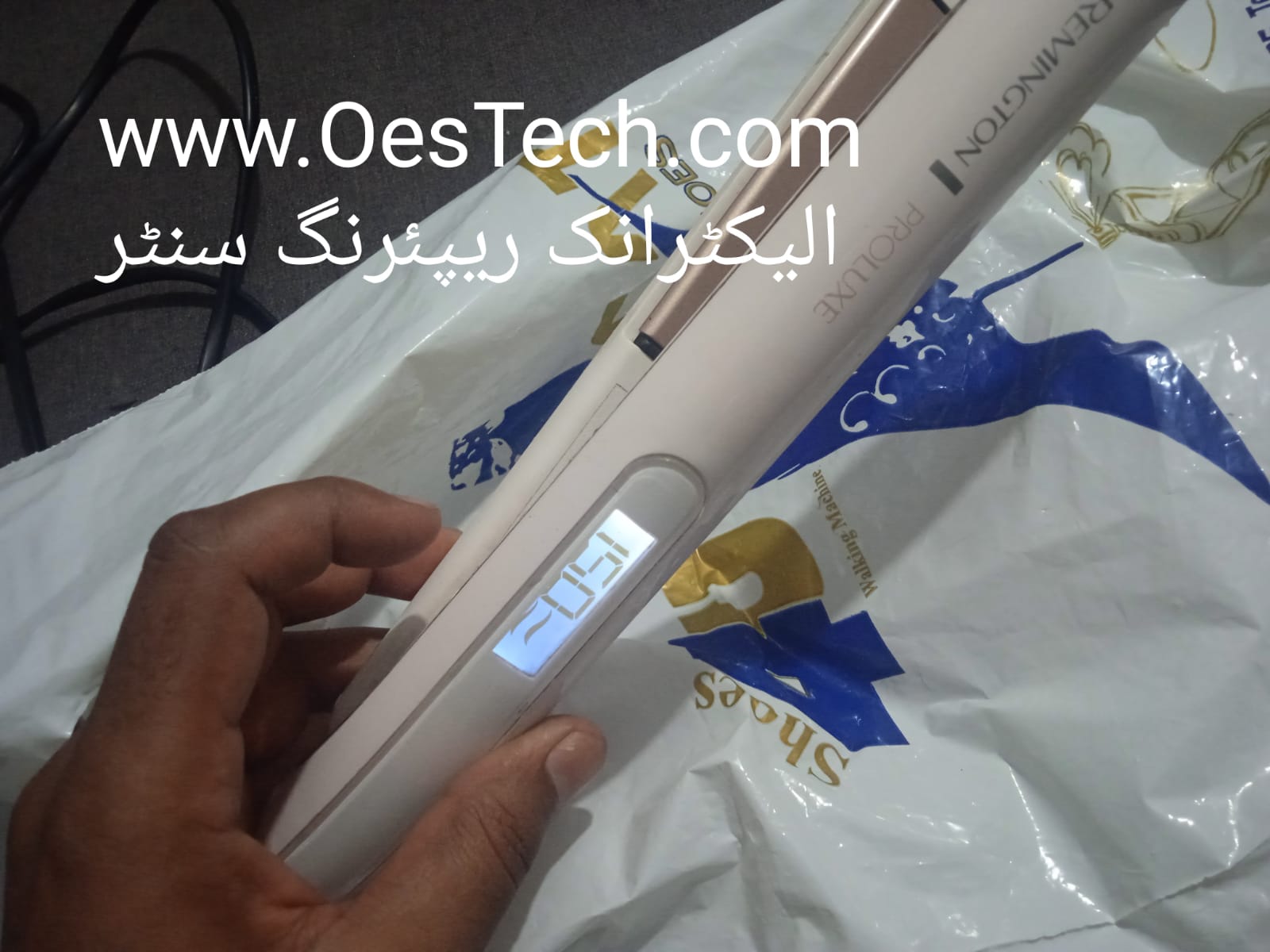Hair straighteners, also known as flat irons, are popular styling tools used to straighten and smoothen hair.
Hair straighteners, also known as flat irons, are popular styling tools used to straighten and smoothen hair. There are several types of hair straighteners available on the market, each with its unique features and technologies. Additionally, these devices may develop common faults over time due to wear and tear or improper usage. Let’s explore the different types of hair straighteners and their common faults.
Table of Contents
Types of Hair Straighteners.
- Ceramic Hair Straighteners: These flat irons have ceramic-coated plates that distribute heat evenly, reducing the risk of hotspots and hair damage.
- Tourmaline Hair Straighteners: Tourmaline is a semi-precious gemstone used to coat the plates of flat irons. It emits negative ions when heated, reducing frizz and creating smoother hair.
- Titanium Hair Straighteners: Flat irons with titanium plates are known for their durability, lightweight, and ability to heat up quickly.
- Ionic Hair Straighteners: These straighteners release negative ions, which help neutralize positive ions in the hair, resulting in smoother, shinier hair with less frizz.
Hair Straightener common faults.

- Plate Damage: The plates of a hair straightener can become scratched or worn out over time. Damaged plates may snag or pull on the hair, leading to breakage and uneven results.
- Overheating: Hair straighteners can overheat if the temperature control is malfunctioning or if they are left on for extended periods. This excessive heat can cause damage to the hair and may even pose a safety risk.
- Uneven Heating: If the heating elements in the flat iron are not functioning correctly, the plates may not heat evenly. As a result, some sections of hair may be under processed, while others could be exposed to excessive heat.
- Electrical Issues: Faulty cords or electrical connections can lead to power supply problems, causing the hair straightener to intermittently turn off or not heat up properly.
- Temperature Control Problems: Hair straighteners with adjustable temperature settings may encounter issues with their control mechanisms. The device may not reach the desired temperature or could heat up beyond the set level.
- Fraying Cords: Frequent bending and tangling of the cord can cause it to fray or break, potentially exposing wires and posing an electrical hazard.
- Buildup and Residue: Hair products, such as serums or styling sprays, can leave residue on the plates, affecting their performance and potentially damaging the hair.
Important Note.
To prevent or minimize these faults, it’s essential to follow the manufacturer’s instructions for proper usage, storage, and maintenance of your hair straightener. Regularly cleaning the plates, avoiding excessive heat exposure, and handling the cord carefully can help prolong the life of your hair straightener and maintain its performance. If you encounter persistent issues, consider consulting a professional or contacting the manufacturer for assistance.
